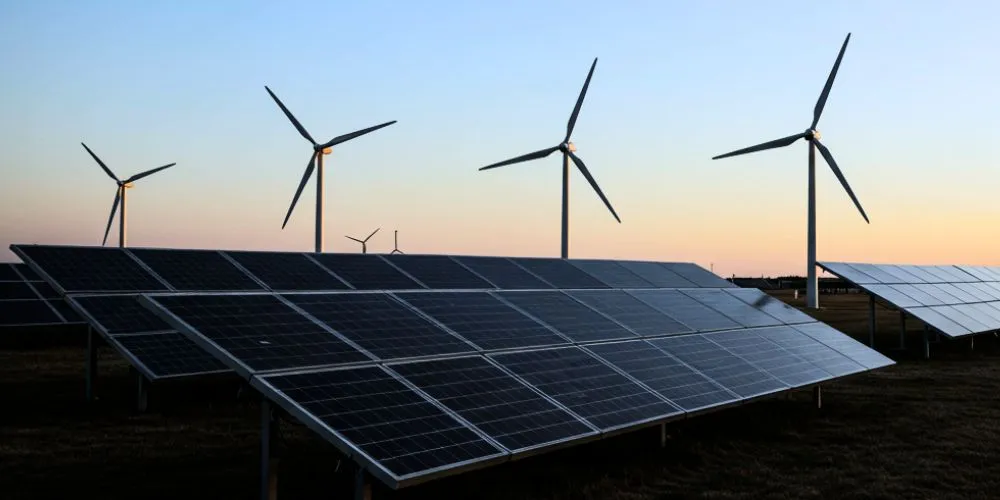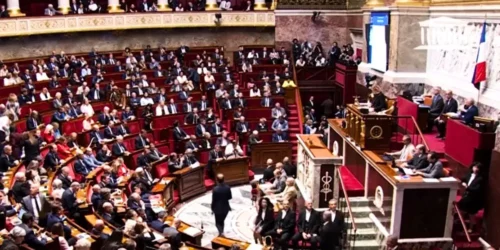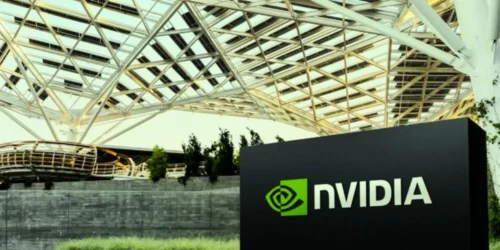Our necessary and admirable transition to renewable energy is transforming our landscapes, purifying our air, and reconfiguring our power grids for the better. It is a critical step toward a sustainable future.
However, this massive industrial shift is also subtly, yet significantly, changing the landscape of risks on our roads. The construction of massive wind and solar farms, often located in remote, rural areas, requires a constant and overwhelming parade of oversized, heavy-haul trucks.
These convoys transport enormous turbine blades, heavy nacelles, and numerous solar panels, often through small towns and on two-lane roads that are ill-equipped to handle their size and weight. This creates temporary but intense periods of traffic disruption, road wear, and heightened risk for residents.
Furthermore, the growing presence of electric vehicles (EVs) on our streets introduces a new set of safety considerations that the public is only beginning to understand.
Their near-silent operation at low speeds, a benefit in terms of noise pollution, poses a significant and documented threat to pedestrians, cyclists, the visually impaired, and even attentive children, all of whom rely heavily on the sound of an approaching engine as a safety cue.
While regulations mandating audible alert systems are now in place, public awareness is still catching up. Additionally, the immense weight of EV battery packs can alter crash dynamics in unexpected ways. First, responders require new, specialized training to deal with the specific dangers of high-voltage systems and the potential for hard-to-extinguish battery fires following a serious collision.
As we rightly champion a cleaner, greener future, we must not overlook the road safety implications of the journey. A green transition must also be a safe transition, with proactive planning and public education to mitigate these new and evolving risks.













